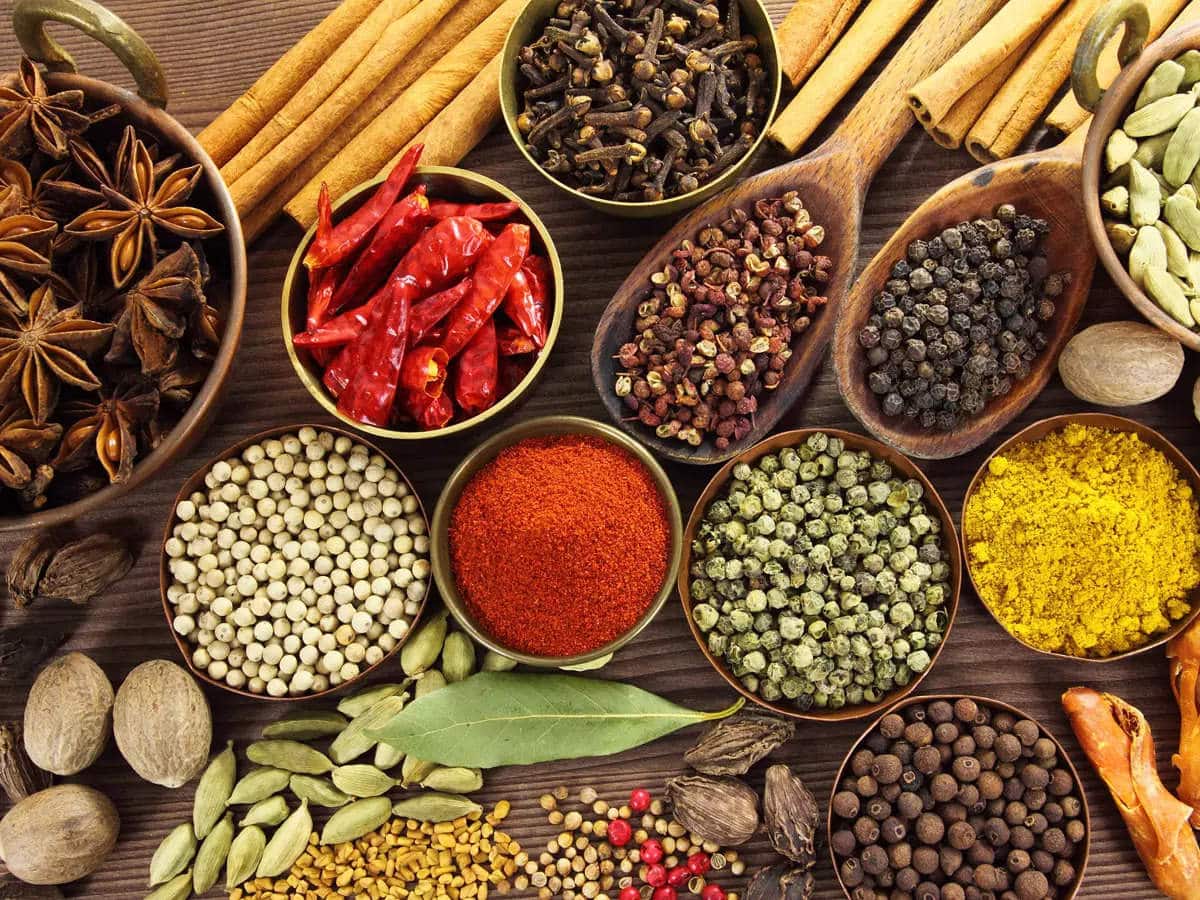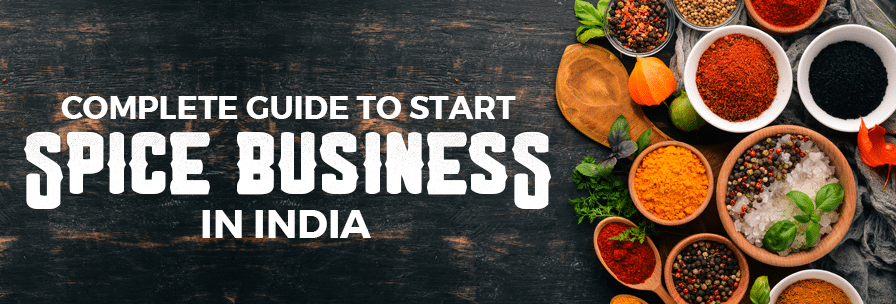Blog
Is spice Trading profitable?

The Spice Trade: An Overview
The spice trade involves the buying and selling of spices, which can include whole dried spices, ground spices, spice blends, and even value-added products like essential oils and extracts. It’s a diverse industry, ranging from small-scale spice vendors to large multinational spice corporations.
Factors Influencing Profitability in Spice Trading
- Sourcing and Quality: The source and quality of spices play a pivotal role in profitability. High-quality spices often command higher prices in the market. Sourcing spices from reputable regions and growers can ensure consistent quality.
- Variety and Rarity: Unique and rare spices tend to be more profitable. Exotic or hard-to-find spice varieties often have higher price points due to their limited availability and distinct flavors.
- Processing and Packaging: The way spices are processed and packaged can impact profitability. Well-processed, ground, and attractively packaged spices can justify premium pricing.
- Brand Reputation: Building a strong brand known for quality and authenticity can enable businesses to charge premium prices, thus improving profit margins.
- Market Demand: Consumer preferences, culinary trends, and cultural influences all affect the demand for specific spices. A keen understanding of market demand can help businesses offer the right products at the right time.
Profitability in Spice Trading: Strategies and Considerations
- Quality Assurance: Quality should be the cornerstone of any spice trading venture. Regular testing and quality control measures are essential to ensure the spices meet industry standards.
- Ethical Sourcing: Increasingly, consumers are willing to pay more for spices sourced sustainably and ethically. Prioritizing responsible sourcing can enhance both profitability and brand reputation.
- Specialization: Consider specializing in unique or hard-to-find spice varieties. Focusing on a niche can help differentiate your business and justify higher pricing.
- Value-Added Products: Offering value-added products like spice blends, infused spices, or organic options can boost profitability, as these products often command higher price points.
- Market Research: Continuously monitor market trends and consumer preferences. Adapting your product offerings to align with evolving demands can enhance profitability.
- Networking: Building relationships within the spice industry and collaborating with other businesses can create opportunities for growth and market expansion.
- Marketing and Branding: Invest in marketing efforts that highlight the unique qualities of your spices and educate consumers about their uses and origins.
Is spice trading profitable? Yes, it can be highly profitable when approached strategically and with a commitment to quality. Profitability in the spice trade is influenced by factors such as sourcing, quality, variety, branding, and market demand. By understanding these factors and implementing effective strategies, spice traders can navigate the dynamic and flavorful world of spices while achieving financial success. Spice trading remains a rewarding and profitable venture for those who embrace its rich history and adapt to the ever-changing demands of the modern spice market.
1. Pricing Strategy: Develop a well-thought-out pricing strategy that balances competitive pricing with profit margins. Consider factors such as production costs, market demand, and the perceived value of your spices.
2. Export Opportunities: Investigate export opportunities to international markets where there is a demand for specific spices. Building relationships with international buyers can lead to higher profit margins, especially for spices with unique regional characteristics.
3. Inventory Management: Implement efficient inventory management practices to reduce waste and minimize storage costs. Freshness is crucial in the spice business, so avoid overstocking products with short shelf lives.
4. Digital Marketing: Leverage digital marketing strategies, including search engine optimization (SEO), social media advertising, and email marketing, to reach a wider customer base and drive online sales.
5. Competitive Analysis: Continuously analyze your pricing and product offerings relative to competitors in the spice market. Adjust your strategies as needed to remain competitive while maintaining profitability.
6. Diversified Product Line: Consider diversifying your product line beyond spices alone. Explore complementary products such as spice-related cookbooks, kitchen tools, or culinary classes that can enhance your overall profitability.
7. Seasonal Promotions: Capitalize on seasonal trends and holidays by offering limited-time promotions or spice bundles tailored to specific occasions. Seasonal marketing can boost sales and profit margins during peak periods.
8. Customer Education: Invest in educating your customers about the spices you offer. Provide information about their origins, flavor profiles, and culinary uses. Educated consumers often appreciate the value of high-quality spices.
9. Sustainable Practices: Embrace sustainable and environmentally responsible practices in your spice trading business. Highlighting your commitment to sustainability can attract eco-conscious consumers who may be willing to pay a premium.
10. Networking and Collaborations: Build connections within the spice industry and collaborate with other businesses, such as restaurants, food bloggers, or chefs. Partnerships and networking can help you reach a broader audience and establish your brand.
11. Continuous Quality Control: Implement stringent quality control measures to maintain the consistency and safety of your products. Regularly test your spices for quality, safety, and compliance with industry regulations.
12. Value-Added Services: Consider offering value-added services such as custom spice blending or personalized spice recommendations. These services can attract loyal customers and justify higher prices.
In conclusion, spice trading can indeed be profitable, but it requires a combination of factors including sourcing, quality, variety, branding, and effective marketing. By embracing these considerations and continuously adapting to market trends, you can optimize profit margins and thrive in the flavorful world of spice trading.




